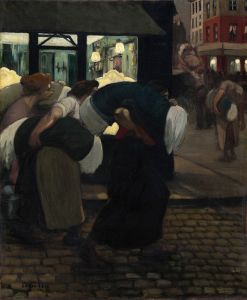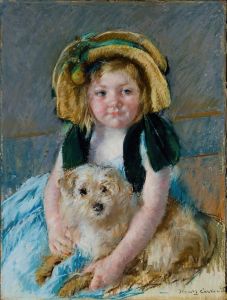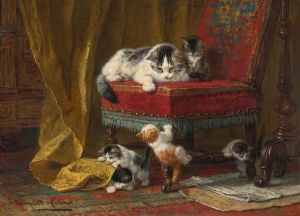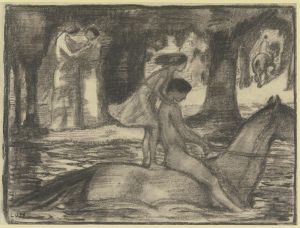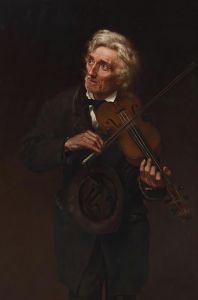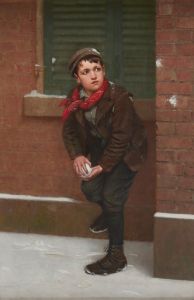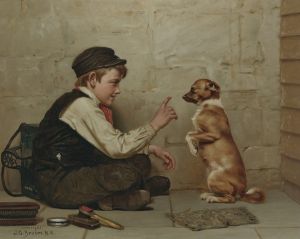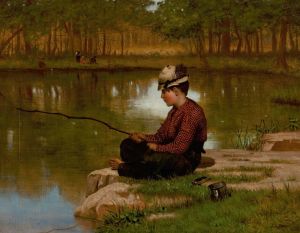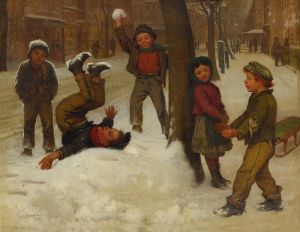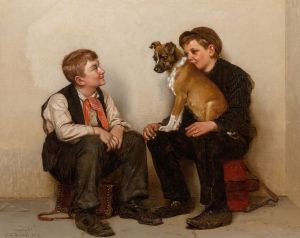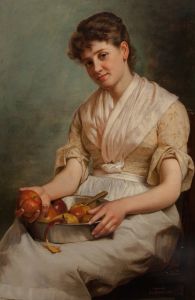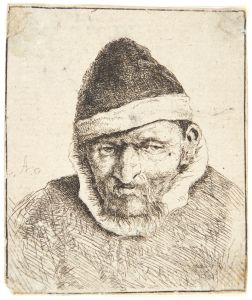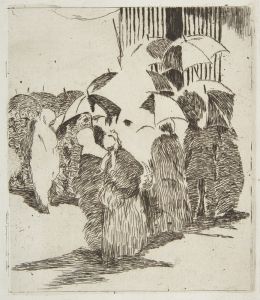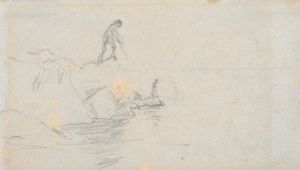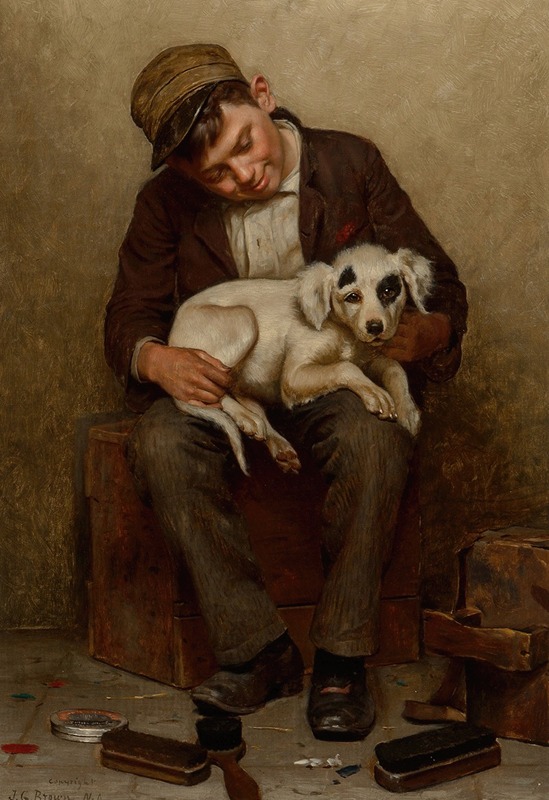
The Bootblack’s Best Friend
A hand-painted replica of John George Brown’s masterpiece The Bootblack’s Best Friend, meticulously crafted by professional artists to capture the true essence of the original. Each piece is created with museum-quality canvas and rare mineral pigments, carefully painted by experienced artists with delicate brushstrokes and rich, layered colors to perfectly recreate the texture of the original artwork. Unlike machine-printed reproductions, this hand-painted version brings the painting to life, infused with the artist’s emotions and skill in every stroke. Whether for personal collection or home decoration, it instantly elevates the artistic atmosphere of any space.
John George Brown (1831–1913) was a British-born American artist known for his genre paintings that often depicted scenes of everyday life in the United States during the late 19th century. One of his notable works is "The Bootblack’s Best Friend," which exemplifies his focus on capturing the essence of urban life and the experiences of the working class, particularly children.
Brown immigrated to the United States in 1853 and settled in New York City, where he became deeply inspired by the bustling urban environment and the diverse population. His paintings frequently featured street children, often referred to as "street urchins," who were common in the city during this period. These children, who worked various jobs such as bootblacking, selling newspapers, or running errands, became a central theme in Brown's work. He portrayed them with a sense of dignity and humanity, highlighting their resilience and spirit despite their challenging circumstances.
"The Bootblack’s Best Friend" is a quintessential example of Brown's ability to capture the nuances of street life. The painting typically depicts a young bootblack, a boy who shines shoes for a living, accompanied by a loyal dog, which is often interpreted as his "best friend." This companionship between the boy and the dog adds an emotional layer to the painting, emphasizing themes of friendship, loyalty, and mutual support. Brown's attention to detail and his skillful use of color and light bring the scene to life, making it relatable and poignant for viewers.
Brown's work was well-received during his lifetime, and he became one of the most popular genre painters in America. He was a founding member of the Water-Color Society and the American Watercolor Society, and he exhibited his works extensively, gaining both critical acclaim and commercial success. His paintings were sought after by collectors and were featured in prominent exhibitions, including those at the National Academy of Design, where he was an elected member.
"The Bootblack’s Best Friend" reflects Brown's broader artistic mission to shed light on the lives of the urban poor and to evoke empathy and understanding from his audience. By focusing on the everyday experiences of children and their interactions with their environment, Brown's work provides valuable insights into the social fabric of 19th-century America. His paintings remain significant for their historical and cultural relevance, offering a window into a bygone era and the lives of those who lived on the margins of society.
Overall, John George Brown's "The Bootblack’s Best Friend" is a testament to his skill as an artist and his commitment to portraying the human condition with compassion and authenticity.





